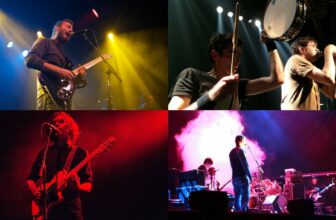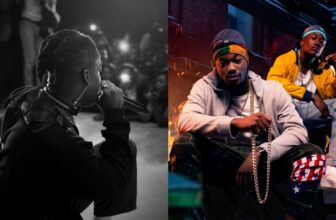What is Alternative Music?
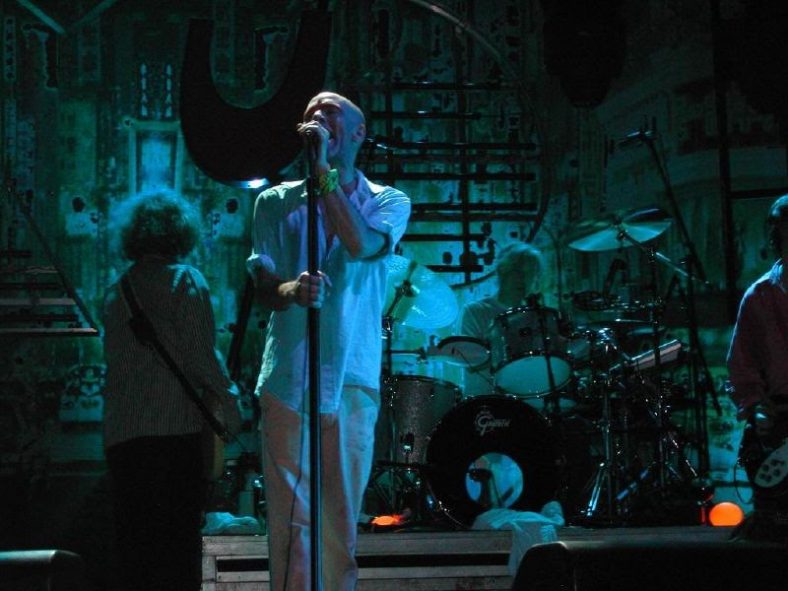
Alternative music (also called alternative rock, alt-rock, or simply alternative) is considered to be any of various styles of experimental rock music that typically differs from mainstream rock music. Alternative bands are defined by their style and dedication rather than their given genre.
It includes post-punk, indie rock, art rock, punk rock, hard rock, experimental rock, post-rock, garage rock, and more. Alternative music may be similar to genres such as lo-fi, noise pop, freak folk, or emo but can also incorporate elements of electronic or dance music.
Alternative music is music that is produced by performers who are outside the musical mainstream. It’s typically regarded as more eclectic, original, or challenging than most popular music (such as conventional rock, pop, or country), and it is often distributed by independent record labels.
It’s different from mainstream rock and roll because it was not considered marketable by major record labels. Alternative music is not typically included on mainstream radio stations, even though it has become more popular over time. The term “alternative” was coined in the early 1980s to describe punk-rock fusion subgenres.
Contents
History of Alternative Music
The beginnings
Alternative music dates back to as early as the 1950s. Before this time, most popular music was created from a blend of musical genres, including jazz and rock ‘n’ roll. However, during the 1950s, there began to be a shift away from these types of songs, and more unique creations were being produced. These new songs were called “alternative” because they were not a part of the mainstream music scene.
The first alternative song to be recorded was “The Great Pretender”, by The Platters. This song would later peak at #1 on the Billboard Top 100 charts in 1955, and thus became one of the first Alternative songs to gain commercial success. Many artists began writing their own songs, and this trend continued into the early 1960s.
Alternative music remained popular until 1964 when The Beatles came to America. The Beatles were able to combine their musical influences to create an entirely new sound that was wildly successful at the time. Other artists began copying The Beatles’ style of Alternative music, resulting in a lack of diversity within the Alternative genre.
Alternative rock has been seen throughout its history as a reaction to the commercialism of mainstream society, which traces back to the punk era. The original alternative scene was an alternative to the popular artists of its day, which generally meant that members of the alternative scene did not want or seek much promotion from major labels.
There is no particular musical style associated with alternative rock as a whole. The artists were bound by an ideal to free the underground music scene. Alternative bands throughout the 1980s usually performed in tiny clubs recorded for small independent labels and grew their following via word of mouth.
Coming to life
Although the Alternative genre still produced some songs during the rest of the 1960s, it never regained its popularity and remained relatively unpopular throughout most of the 1970s and 1980s. The only exception to this was in punk rock, where many artists were experimenting with new ways to present their music. Some early examples of Punk bands include The Ramones and the Sex Pistols.
Although Alternative music was being experimented with by some artists at this time, most of the new songs were quite different from those of previous generations. By this point, many Alternative bands began to record exclusively on compact cassettes rather than vinyl records.
Although Alternative music didn’t become very popular until the 1990s, many artists were still experimenting with new sounds and trying to push the boundaries of what was considered music at that time. Many bands began adding more electronic elements to their songs as well as other experimental things such as non-traditional song structures.
Some examples of early Alternative songs that contain Electronic elements and song structures that fall outside the norms of popular music are “Everlong” by Foo Fighters, “Losing My Religion” by R.E.M., “Sabotage” by Beastie Boys, and “Let Down” by Radiohead.
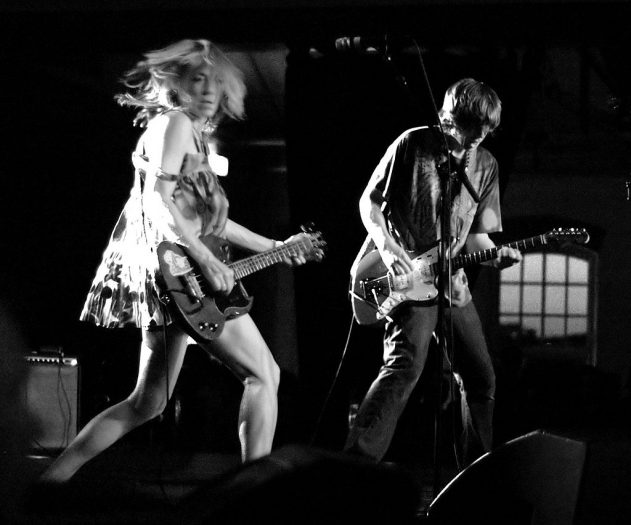
However, it wasn’t until 1991 when Alternative music began gaining popularity. The early 90s saw the release of many Alternative classics that are still popular today including “Smells Like Teen Spirit” by Nirvana, “Come As You Are” by Nirvana, “Mr. Jones” by Counting Crows, and ” Losing My Religion “, as already mentioned. Even though no Alternative song managed to top the Billboard 100 during this period, many of these songs managed to receive a significant amount of radio play and gain large followings.
By the mid-nineties, “alternative” was linked with “grunge” in the eyes of the general public and the mass media. In much the same way as hippie culture had been in the 1960s, a marketed “alternative culture” was being pushed to the masses. Many musicians did not fall under the alternative.
Indie rock would be the genre that represented the original, independent spirit of alternative music. Matador Records, Merge Records, and Dischord were among the most notable indie labels in America during much of the 1990s. Pavement, Liz Phair, Superchunk, Fugazi, and Sleater-Kinney were some of the leading indie-rock bands.
By the beginning of the twenty-first century, many prominent alternative bands had split up or put on hold, including Nirvana, the Smashing Pumpkins, Soundgarden, Alice in Chains, Rage Against the Machine, and Hole. Meanwhile, indie rock grew more diverse. Various strains of indie rock, such as the garage rock revival of the White Stripes and the Strokes, as well as neo-post-punk sounds from Interpol and the Killers, became mainstream successes alongside more traditional indie rock sounds from Modest Mouse, Bright Eyes, and Death Cab for Cutie.
Perhaps it was simply an increase in technology that allowed Alternative music to become more popular. It could be argued that there is no actual difference between Alternative music in 1991 and Alternative music in 2017. However, one could argue that the differences between these musical styles lie in how It’s presented, and how it is distributed.
Is Alternative Music a genre?
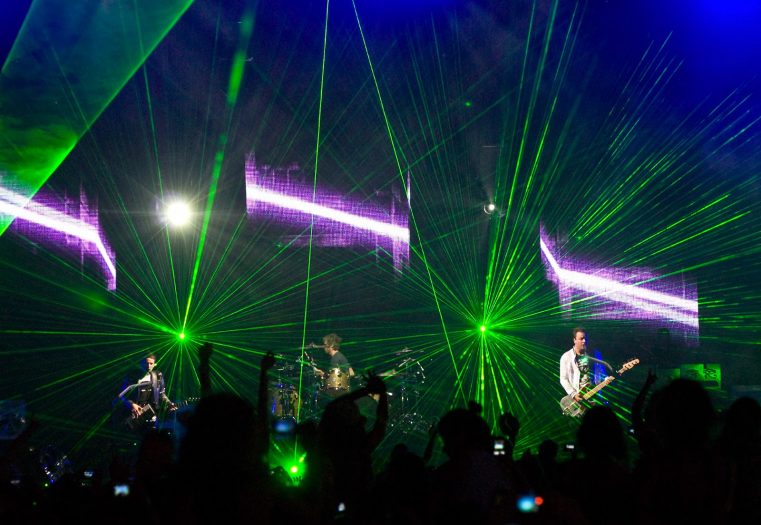
Alternative music is considered a genre in today’s society. Alternative music differs from many other forms of music in that it does not focus on a certain set of sounds. Alternative music, rather, has a strong feeling or theme and may include any sort of sound to produce it. Alternative Rock, Grunge, Indie Pop are some examples of alternative music.
The term “Alternative” was first used in the late 1970s for Punk Rock, which was deemed too “exotic” to be classified under any of the current musical categories. Some people regard Alternative Music as a distinct genre, but it may also be regarded as simply another way to refer to non-mainstream music.
On the other hand, It’s not well-liked by mainstream audiences. Alternative music has a dedicated fan base despite its limited popularity. Because alternative music does not have to appeal to the masses, it is more experimental than other genres.
Alternative Music Today
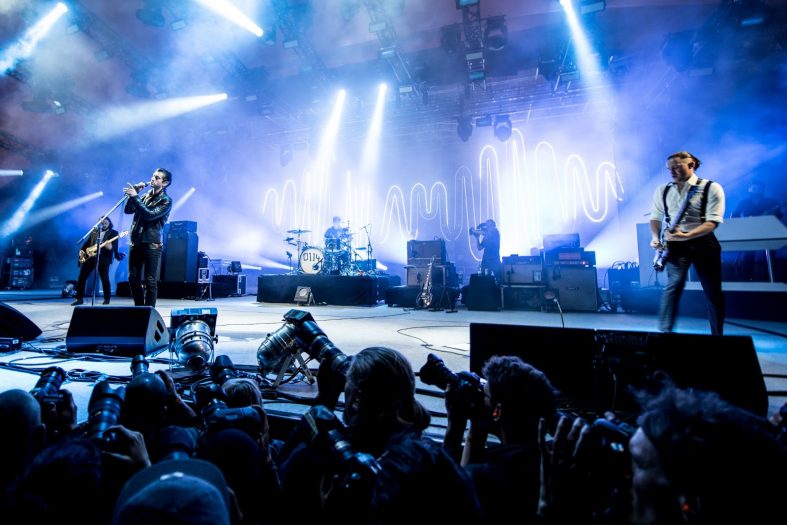
Today, alternative music is known for its unique combinations of instruments, vocals, and genres. With bands like The Smiths back in the 80s, people became more open to alternative music.
In today’s generation, some examples of alternative bands are Death Cab for Cutie, Feist, and Arcade Fire, Radiohead, MGMT, The Strokes, Vampire Weekend, Arctic Monkeys, and many more. All these bands have their own unique characteristics, but together they produce beautiful music.
Today, the term “alternative music” is not used as a catch-all for anything non-mainstream. It’s typically identified more by the artists than by the term “alternative music.” Alternative music is currently divided into several distinct genres.
Subgenres
Music is still evolving each day, with more and more genres being formed. Today, there are so many artists in the world that It’s hard not to experiment and come up with something new. The product of this is countless subgenres.
Subgenres emerge when an artist tweaks something in a particular music genre and makes it their own. So while it still classifies as that particular genre, it also forms a new one, which some might even pick up and start making music in the same way with the same idea.
Some notable suggestions for Alternative music subgenres today are College Rock, Dream Pop, Emo, Geek Rock, Gothic Rock, Grunge, Indie Rock, Nu Gaze, Post Rock, and many more.
Popular Alternative Bands
Alternative bands tend to be very vocal about political issues and other societal problems. They typically don’t just stick with one type of music, but instead, they mix different genres to create their own unique Alternative sound.
Today’s alternative music acts are quite different from those of the past. Bands now sing about a wide range of themes, including as opposed to love and sadness, such as war and politics. Popular bands like Linkin Park, Thirty Seconds to Mars, and Fall Out Boy often incorporate Electronic Music with Alternative Rock to give a unique sound that many fans enjoy.
Other bands include Radiohead, MGMT, The Strokes, Arcade Fire, Vampire Weekend, Arctic Monkeys, and many more. This style of music has grown into a popular genre with huge audiences and following and is not viewed as it once was.
The most crucial alternative songs were released in the 1990s. Alternative music has a distinct sound and is characterized by a focus on a guitar-driven “alternative” rock sound, an emphasis on song-writing with melodies, vocals, and lyrics that are particularly expressive, artistic, and intellectual. Alternative bands usually don’t release mainstream albums but put out singles or EPs occasionally instead.
The most important alternative music bands are Nirvana, Pearl Jam, Radiohead, Blur, Oasis, and Red Hot Chili Peppers. Alternative bands which were less successful or disbanded during the Alternative Music Era include Jane’s Addiction, Weezer and Smashing Pumpkins.
Alternative songs like “Smells Like Teen Spirit” by Nirvana, “One Week” by Barenaked Ladies, and “Wonderwall” by Oasis reached the number one spot on the Alternative Songs Chart in 1992. The alternative band Pearl Jam was ranked number two on the Alternative Songs Chart with “Yellow Ledbetter” and “Even Flow”.
Summary
Alternative bands typically have a unique sound that makes them stand out in their own way. Alternative music is not only popular but it has grown into its own genre. Alternative Music bands play multiple genres to create their own unique Alternative sound, and this includes Electronic Music with Alternative Rock which many fans enjoy.
Popular Alternative Bands include Radiohead, MGMT, The Strokes, Arcade Fire, Vampire Weekend, Arctic Monkeys, and Linkin Park. Alternative music has a distinct sound and is characterized by a focus on guitar-driven Alternative Rock sound which is typically not welcomed in the mainstream industry.
Alternative songs like “Smells Like Teen Spirit” by Nirvana, “One Week” by Barenaked Ladies, and “Wonderwall” by Oasis reached the number one spot on Alternative Songs Chart in 1992. Alternative music is not viewed as it once was and has grown into a popular genre with huge audiences and following.
The Alternative genre of music has developed over time through musical experimentation. It’s not classified by a specific set of sounds, but rather the feeling or theme which it conveys. Alternative bands are defined by their own unique style and dedication, rather than being assigned to a certain genre. Alternative music is often experimental in nature, incorporating elements of various genres.
Alternative Music has a dedicated fan base despite being less popular than other forms of music. Alternative music does not have to appeal to the masses, thus allowing for more experimental sounds to be produced.
REM Featured Image by: Flickr user Stark (Stefano Andreoli), CC BY-SA 2.0, via Wikimedia Commons
Sonic Youth – Image by: Anders Jensen-Urstad, CC BY-SA 3.0, via Wikimedia Commons
Muse – Image by: Steve Collis from Melbourne, Australia, CC BY 2.0, via Wikimedia Commons
Arctic Monkeys – Image by: Bill Ebbesen, CC BY 3.0, via Wikimedia Commons

